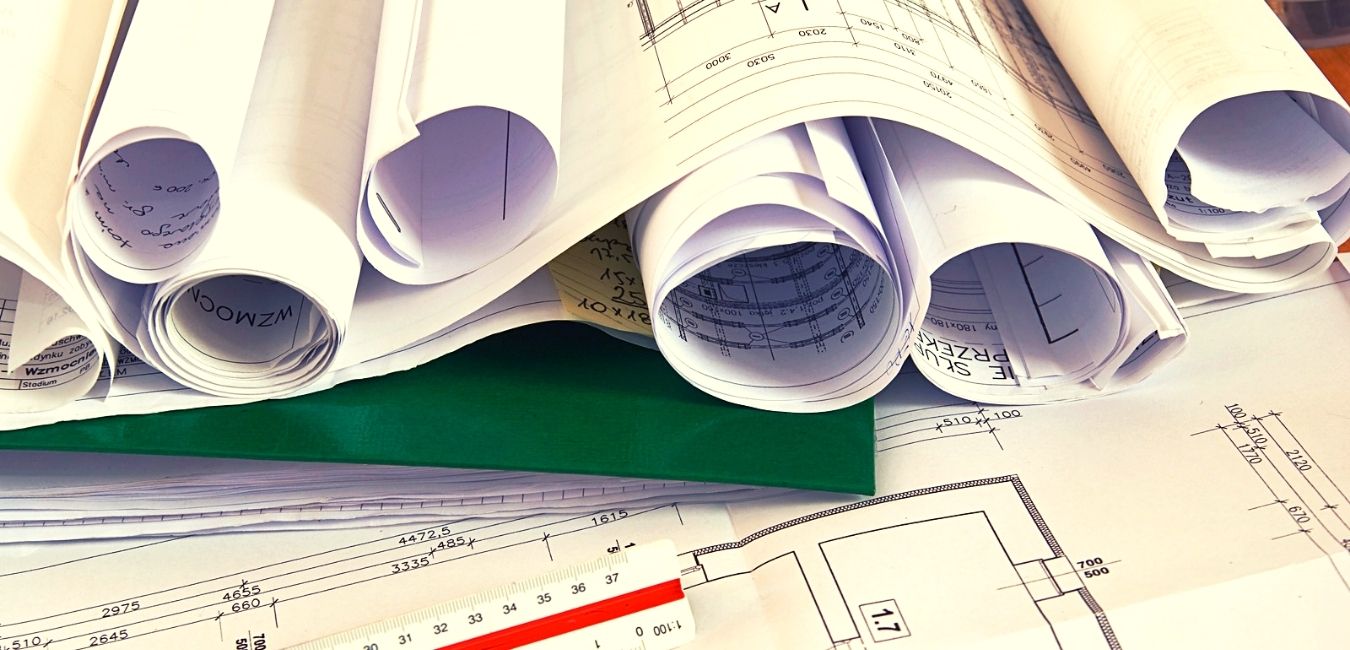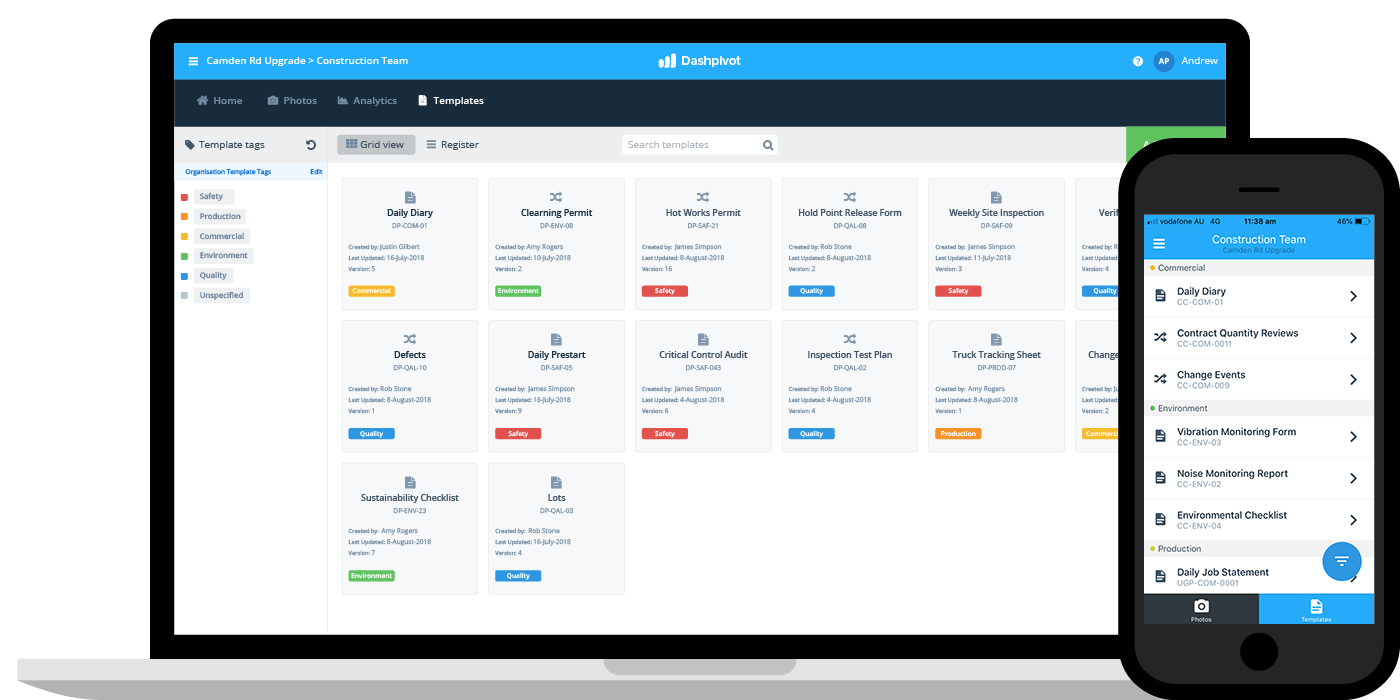Simplify Partnership: The Power of Construction Document Management Systems
Simplify Partnership: The Power of Construction Document Management Systems
Blog Article
Optimizing Task Collaboration: Designer's Finest Practices in Construction Document Management
In the intricate world of architectural tasks, the reliable monitoring of construction records stands as a foundation for success. Architects, with their precise focus to detail and cutting-edge style remedies, are charged with orchestrating a harmony of sources, stakeholders, and timelines. Among this complexity exists a vital inquiry: exactly how can architects improve cooperation procedures to improve task end results? By exploring key methods such as leveraging cloud-based systems, establishing durable interaction methods, and guaranteeing information protection, designers can boost their document administration practices to new heights.
Leveraging Cloud-Based Systems
Leveraging cloud-based platforms is an essential approach for contemporary engineers in optimizing construction record monitoring processes. By transitioning from traditional paper-based systems to shadow services, engineers can simplify partnership, enhance document availability, and improve overall task performance. Cloud-based platforms provide designers the capacity to shop, share, and upgrade construction files in real-time, making certain that all staff member have accessibility to one of the most current details no matter of their location. This availability advertises smooth interaction and coordination among job stakeholders, leading to fewer mistakes and hold-ups in the construction process.
In addition, cloud-based platforms offer a safe and secure environment for saving sensitive task information, supplying encryption, normal backups, and user authorization setups to shield data stability. Engineers can additionally profit from the scalability of cloud services, allowing them to readjust storage space capacity and functionality based upon task demands. Generally, leveraging cloud-based systems empowers architects to maximize their building and construction paper monitoring processes, driving better cooperation, efficiency, and success in their jobs.
Applying Variation Control Equipment
Having actually established the advantages of cloud-based systems in building paper management, engineers can currently enhance their file control processes by applying Version Control Systems. Version Control Systems (VCS) are vital devices that track modifications in papers, guaranteeing that team participants are always working with the current and most accurate information. By carrying out VCS, designers can maintain a centralized repository where all project papers are saved, enabling seamless cooperation while decreasing the threat of errors and version disputes.
One secret benefit of Version Control Systems is the capability to track the complete background of document modifications, permitting users to revert to previous variations if required (construction document management). This attribute is specifically beneficial in building and construction tasks where design versions and modifications are typical. In addition, VCS assists in far better communication among staff member by supplying a clear audit trail of who made particular changes and when they were made. This openness not just improves liability however also aids in solving disputes or discrepancies that might develop during the job lifecycle.
Establishing Communication Procedures
To guarantee efficient and effective task control, engineers should develop clear and durable communication protocols within their building paper monitoring procedures. Communication protocols specify the approaches, regularity, and channels where staff member exchange information, updates, and comments. One crucial element of establishing these procedures is identifying a centralized communication platform where all project-related discussions and document sharing can occur. This system could be a task administration software program, e-mail strings, or cloud-based storage options. By setting guidelines on how details is distributed and exactly how group members communicate with each various other, designers can enhance the flow of information and stop miscommunications or hold-ups in the building and construction procedure.
Furthermore, interaction methods need to likewise include standards on exactly how to take care of disputes, adjustment orders, and immediate concerns that might emerge during the project lifecycle. Developing an organized technique to interaction makes sure that all stakeholders get on the very same web page, advertises transparency, and eventually contributes to the successful completion of the construction project.
Utilizing BIM Software Program for Coordination
BIM software program plays an essential role in boosting control among project staff member in the construction sector. Building Information Modeling (BIM) assists in collaboration by providing a central system where designers, designers, contractors, and various other stakeholders can work with each other in a coordinated manner. Through BIM software program, job individuals can access and update a shared design which contains thorough info concerning the structure style, building and construction parts, and job timetables.

Moreover, BIM software enables real-time cooperation check my source and communication amongst group members, no matter of their physical area. Through cloud-based BIM platforms, job stakeholders can access the most up to date project details, track adjustments, and make educated decisions quickly. In general, leveraging BIM software program for sychronisation boosts project effectiveness, performance, and eventually results in effective job results.
Ensuring Data Security and Conformity
In the world of building file management, safeguarding data stability and making sure governing compliance are critical factors to consider for designers and various other task stakeholders. Engineers must carry out durable security procedures to shield delicate project details from unauthorized access or violations.

Conclusion
In conclusion, architects can enhance task partnership in building document monitoring by leveraging cloud-based systems, implementing variation control systems, establishing communication procedures, making use of BIM software for control, and guaranteeing data safety and security and compliance. These ideal practices aid improve the building process, boost communication among project stakeholders, and enhance effectiveness in job distribution. By complying with these guidelines, designers can properly handle building records and facilitate effective job end results.
Through BIM software, job participants can access and update a shared design that consists of in-depth info concerning the structure style, construction components, and job schedules.
Through cloud-based BIM platforms, task stakeholders can access the latest project info, track modifications, and make informed decisions without delay - construction document management. Overall, leveraging BIM software for coordination enhances task efficiency, performance, and ultimately leads to effective job end results
In verdict, architects can optimize task collaboration in construction record administration by leveraging cloud-based platforms, applying version control systems, establishing interaction procedures, making use of BIM software program for sychronisation, and guaranteeing information safety and security and conformity. These finest practices help click this site enhance the building procedure, enhance communication amongst project stakeholders, and boost efficiency in project distribution.
Report this page